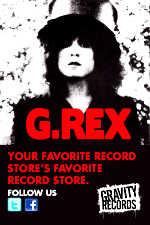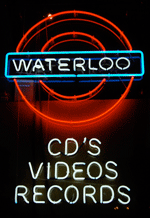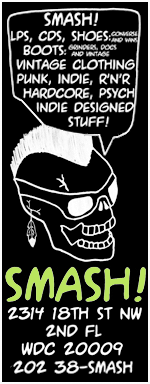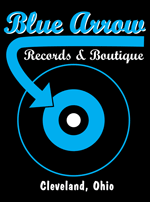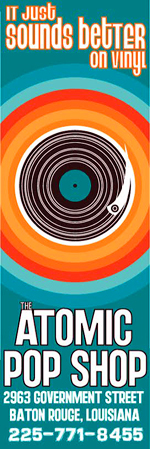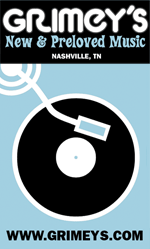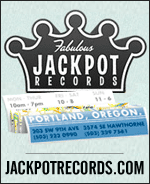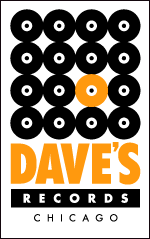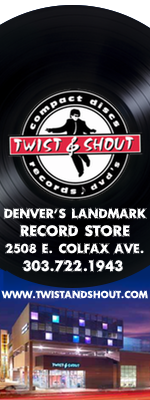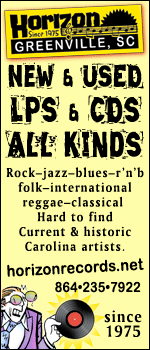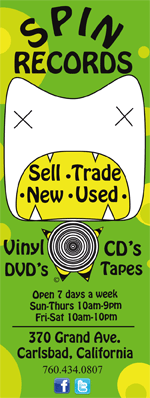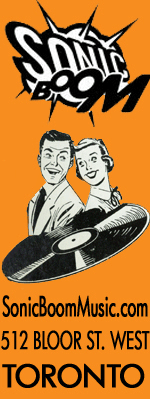
PHOTO: SIKELIA PRODUCTIONS | Nearly 40 years ago, when an inept politician took control in Trinidad and Tobago after the first prime minister leader died suddenly, the calypso singer Gypsy recorded a call to action. Not only was “Sinking Ship” a hit, it preceded both the worst ever electoral defeat of George Chambers’ party in 1986 and the rise of Gypsy, also known as Winston Peters, to his own political career, as member of Parliament. Now, David Johansen, onetime lead singer of The New York Dolls and the Harry Smiths, as well as accomplished solo artist, has taken up the call for his own country.
Johansen, 70, has released his own version of “Sinking Ship,” needing to only tweak a few lyrics to have it apply to America’s political condition. “I’ve always liked the song,” Johansen told The Vinyl District over the phone recently. Having recently played it on his own wide-ranging Mansion of Fun radio show on Sirius XM, it struck him, he said. “I should sing this song and make it about the U.S.”
Out now on streaming services, “Sinking Ship” doesn’t have to provide a lot of background on its target. “He’s unhinged! He’s gonna kill us all!” he begins. “This is an S.O.S. from the U.S.A.” He substitutes Barack Obama for Trinidad’s Eric Williams as a beloved and competent former leader and adds just a few key details: “Locking children up in cages / Dog-whistling your racists / How low can we go?” The solution to righting the ship, as it was in Trinidad, is up to the citizenry. “It’s up to you, it’s up to me,” Johansen sings, as Gypsy once did.
And where there is a soundbite from a Trinidadian politician on the original, a couple of quotes from Trump appear in the new one from “You should ask China” to “It’s going to disappear one day, it’s like a miracle,” as the singer puts on a face mask.
“Sinking Ship” returns Johansen to the island sounds that fueled his biggest hit under the name Buster Poindexter, his 1987 cover of Arrow’s soca “Hot Hot Hot.” Calypso musicians are especially known for their topical songs, which helped fuel the independence movement in Trinidad and Tobago in the mid-1950s and later grew to comment on world events from artists such as Lord Kitchener to Mighty Sparrow.

































